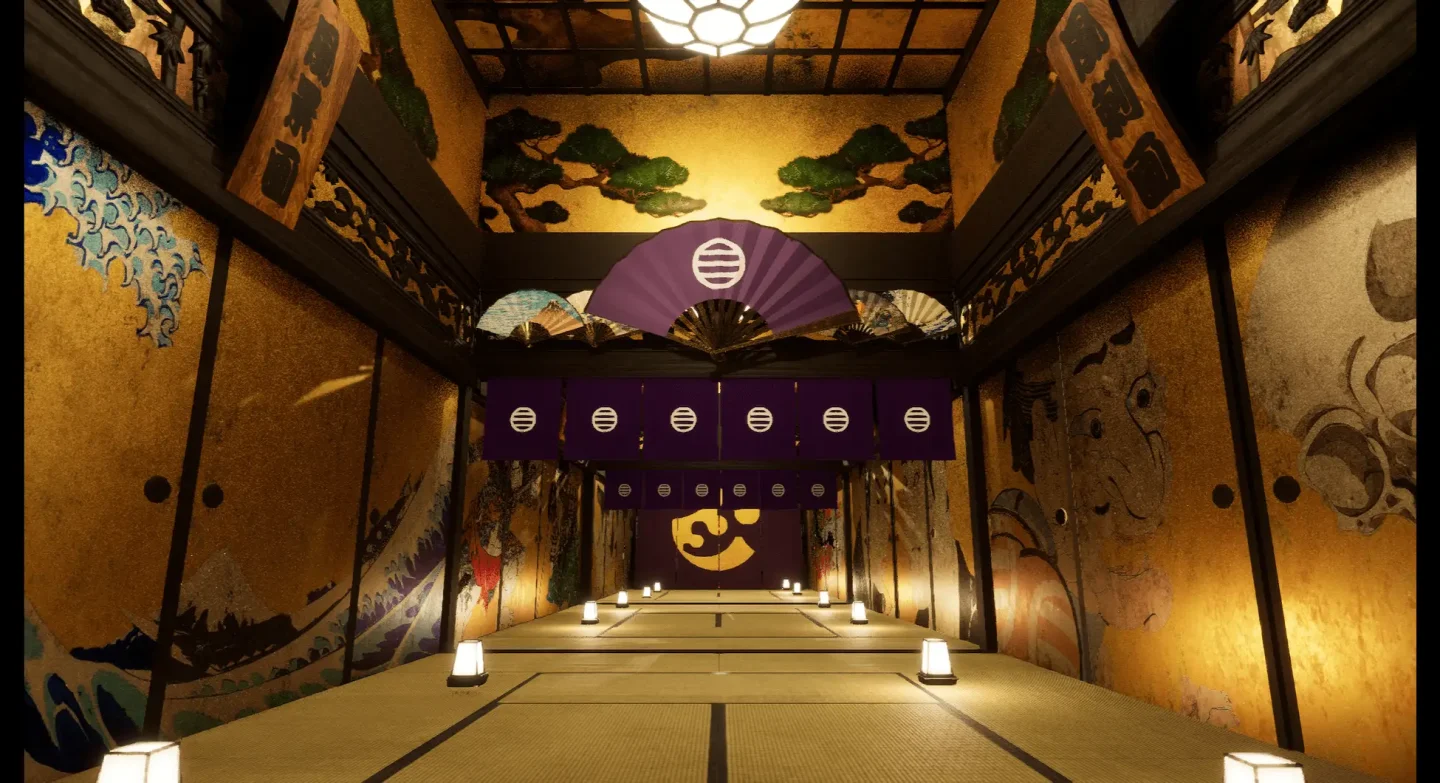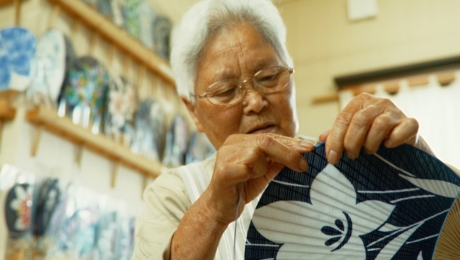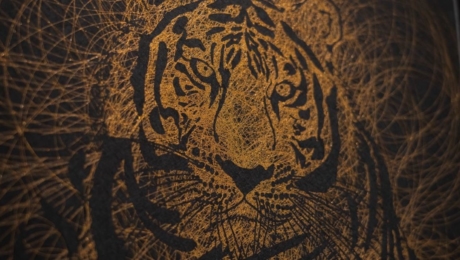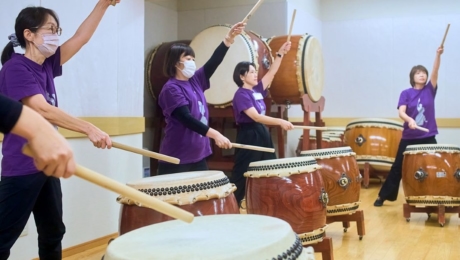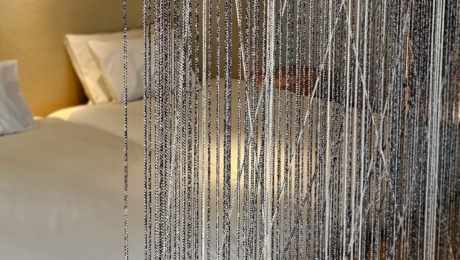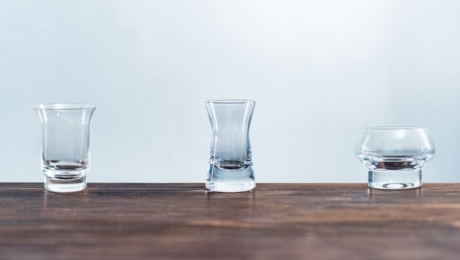
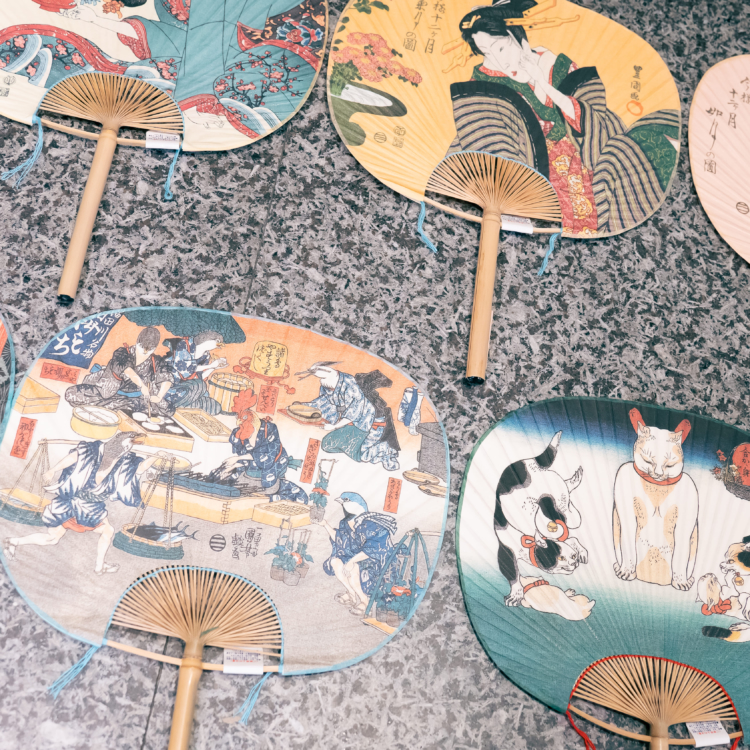
From Everyday Items to Decorative Art: Edo Uchiwa Attracting Attention Worldwide
2023.10.24
LIFEFrom large uchiwa (traditional Japanese fans) illustrated with colorful ukiyo-e paintings of seasonal scenes in the Edo Period (former name for Tokyo) and the lives of the yujo (prostitutes), to uchiwa with more spring/summer-oriented designs, such as yukata patterns passed down from the Edo Period, and tenugui (traditional hand towel) patterns. The “Edo Uchiwa,” made by the long-standing fan store Ibasen, established in 1590, has gained popularity not just as a fan, but also as a decorative art piece.
“It was in the mid-Edo Period, around the 1700s, that our ancestors started making uchiwa,” says Nobuo Yoshida, the 14th head of Ibasen.
The father of the first-generation head of Ibasen, Ibaya Kanzaemon, was a flood control and civil engineering craftsman in Iba-mura in the Enshu region (near present-day Higashi-Iba, Naka-ku, Hamamatsu City, Shizuoka Prefecture), under Tokugawa Ieyasu. When Toyotomi Hideyoshi, the leader of Japan at the time, gave Ieyasu the eight provinces in the Kanto region, tens of thousands of people moved with Ieyasu to Edo, in order to develop the area. Ibaya Kanzaemon’s father was amongst them. Ieyasu soon established a shogunate in Edo (1603), and development in the area began to slow down. Ibaya Kanzaemon’s father remained in Edo and started a shop selling bamboo and washi (traditional Japanese paper) materials, eventually becoming an official merchant to the shogunate.
“After that, in the 1700s, they started using the bamboo and washi to make uchiwa. These later became known as ‘Edo fans.’”
A single bamboo is split to make both the frame and the handle for the uchiwa. This is one of the defining characteristics of Edo fans.
“Edo fans aren’t just for cooling off—they’re also used, for instance, in cooking. They’re a tool in our everyday lives, and have to be produced and sold in mass quantities, which is why they’re made from a single bamboo, to lower costs.”
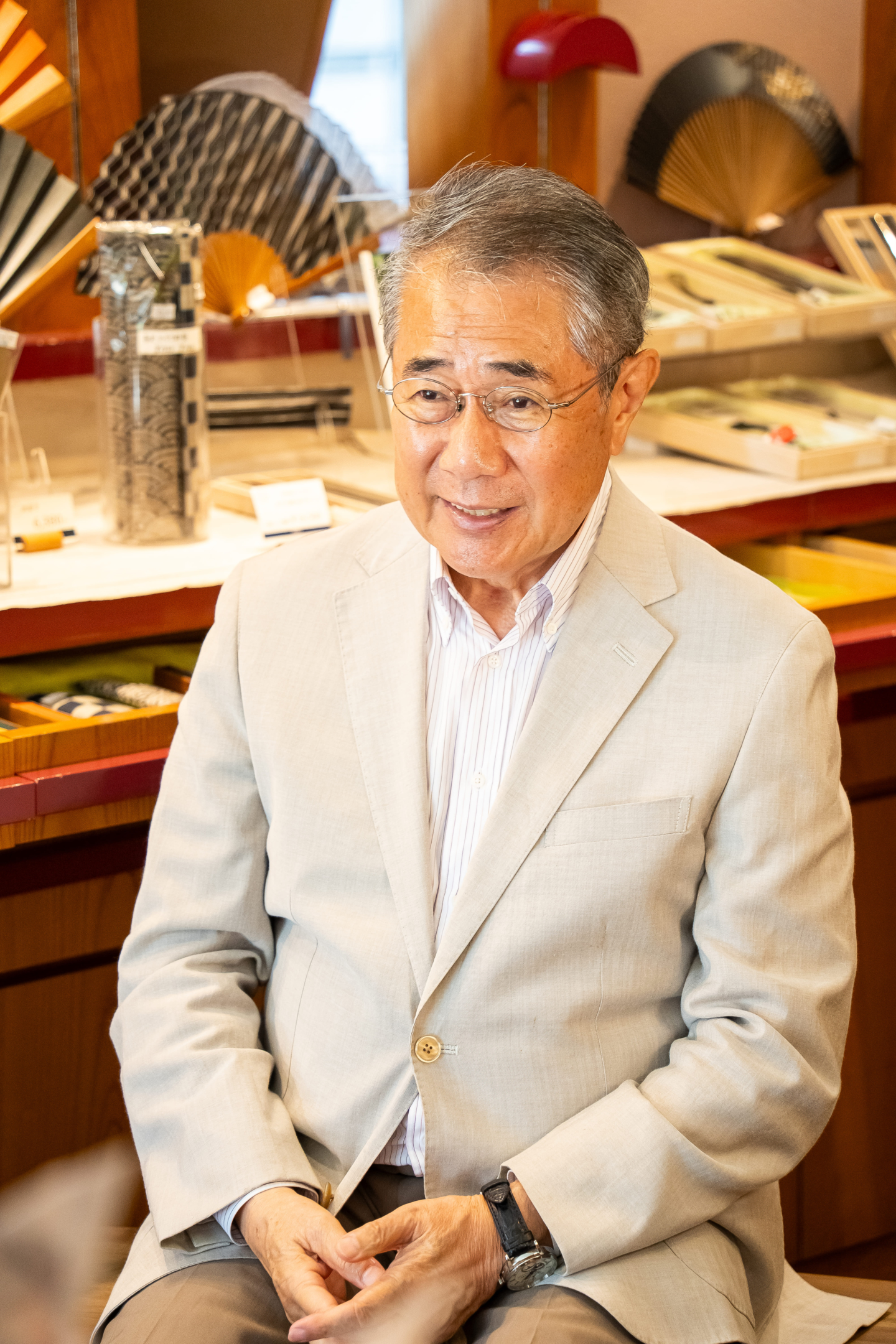
In the late Edo Period, advancements in woodblock printing technologies made the mass production of fan patterns possible, allowing fan makers to design uchiwa with ukiyo-e paintings, portraits of popular kabuki (classical form of Japanese theater) actors, and more. Ibasen too began to incorporate the paintings of famous ukiyo-e artists, such as Utagawa Kuniyoshi, Utagawa Toyokuni, and Utagawa Hiroshige, in its fans. Ibasen also began to serve the Edo shogunate in its capacity as both a fan merchant and a publisher for these ukiyo-e artists.
Ibasen’s uchiwa are all still made by hand, using the same techniques as in the Edo Period, and with Japanese bamboo, washi, and fibers. Of these, three bear the name, “Edo Uchiwa”: the “Edo Uchiwa Imayo Twelve Months,” “Edo Uchiwa Ukiyo-e,” and “Edo Uchiwa Great Full Moon/Mid Full Moon/Small Full Moon.” The “Imayo Twelve Months” and “Ukiyo-e” series have been particularly popular amongst foreign tourists who have visited the store, including Jacques René Chirac, the 22nd president of France.
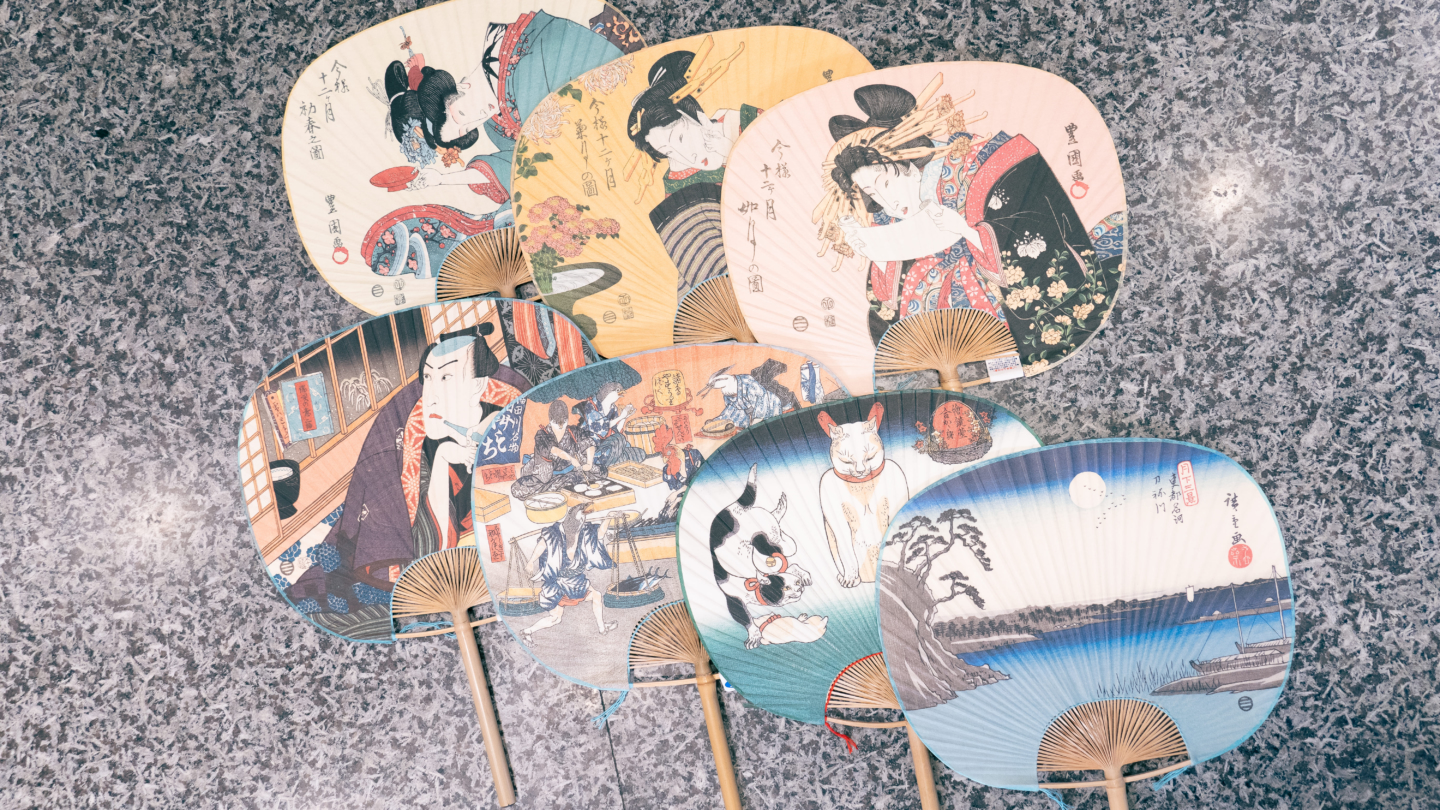
“Former President Chirac fell in love with the ‘Imayo Twelve Months’ series and bought a set to take back home. This series was painted by Utagawa Toyokuni I in 1822 (Bunsei 5), and was turned into a color uchiwa painting by Ibasen in its capacity as publisher. Each of the 12 fans has a different picture on the front and back. By rotating the handle, the pictures on the front and back tell an interconnected story. (For example, in a painting depicting a man and a woman after a tryst in a brothel, the front has the woman brushing her hair back, while the back has a kiseru [Japanese smoking pipe] and yunomi [Japanese tea cups], presumably those of the male client. In this way, the paintings convey not only beauty, but a sense of melancholy and subtle humor behind the paintings.) Chirac seemed to very much enjoy this kind of artistic expression.”
The “Great Full Moon/Mid Full Moon/Small Full Moon” series are one-of-a-kind pieces made with yukata cloth and yuzen washi (washi paper with gold-based, intensely colored patterns). The patterns from this series are taken mainly from the Edo Period kimonos and yukata, as well as patterns often used for tenugui, such as the seigaiha (wave motif) and ichimatsu (checkered motif) patterns.
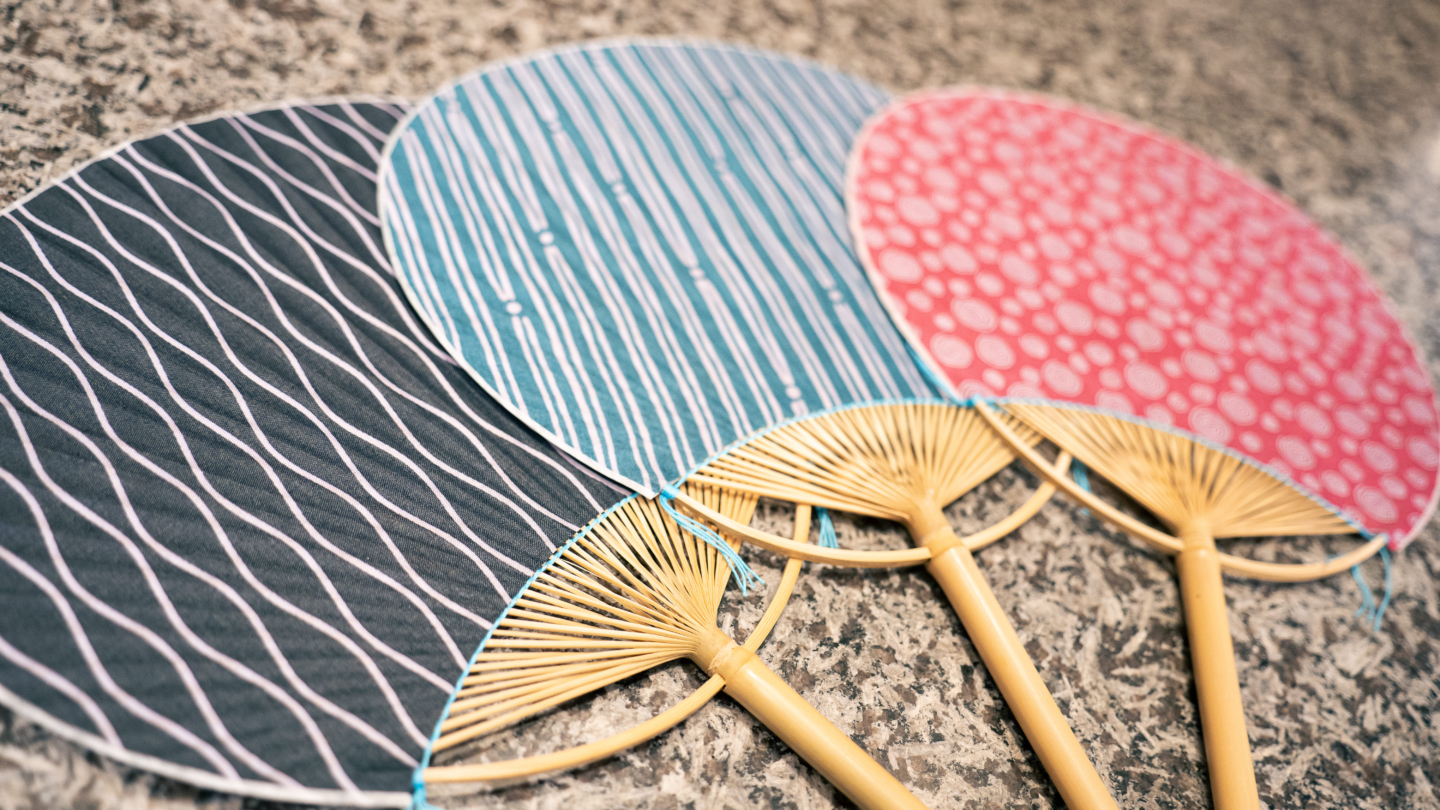
Ibasen has put considerable effort into promoting Edo culture, even opening an ukiyo-e museum in 2012 (Heisei 24) that displays ukiyo-e painted Edo uchiwa, woodblocks, and more. Ibasen is also working to develop the business through digital technologies—for instance, establishing the Metaverse Ukiyo-e Art Museum in the metaverse in June 2023, and selling ukiyo-e paintings that utilize NFT technologies.
“Many people overseas are interested in ukiyo-e paintings and Edo culture. I believe that our role is to protect the aesthetic and traditions of Edo, and convey them to future generations. We want to put more effort into the digital realm so as to better promote these things in the future.”
